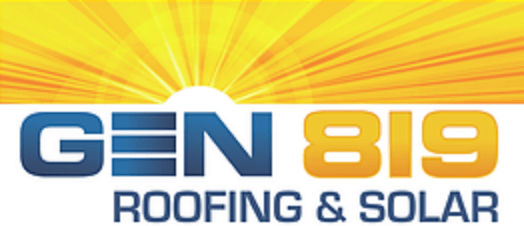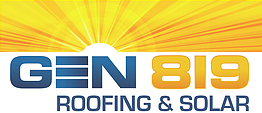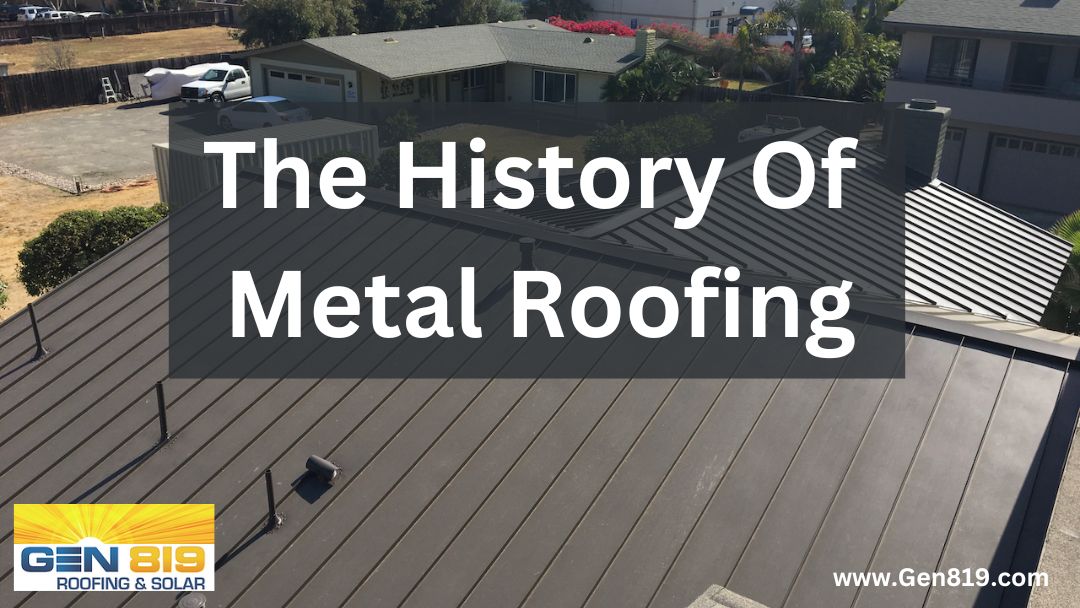Mon - Fr 9:00 am - 5:30 pm
3760 Oceanic Way STE 501, Oceanside, CA 92056
The History Of Metal Roofing
Posted by Gen819 Comments Off on The History Of Metal Roofing Metal Roofing, Roofing Materials
The History Of Metal Roofing
From Early Beginnins to Modern Innovation: The History of Metal Roofing In The US
Metal roofing has a long and interesting history in the United States, dating back to the early colonial era. While early metal roofs were made primarily of copper or lead, advances in manufacturing technology and the availability of new materials have led to the development of a wide range of metal roofing options that are now commonly used in the construction of buildings all over the country.
Early Metal Roofing in America
In colonial times, metal roofing was a luxury reserved for the wealthy. Copper and lead were the most commonly used materials, and were often used to cover public buildings, churches, and the homes of the wealthy. While metal roofs were prized for their durability and resistance to fire, they were also expensive and difficult to install.
In fact, the first metal roof in America was installed in the early 1700s on Christ Church in Philadelphia. This church was built in 1695 and was the first Anglican Church in Pennsylvania. The roof was made of lead and was put in place to protect the church from fire. The roof was so effective at preventing fire from spreading that the church was the only public building in Philadelphia that survived the Great Fire of 1721.
As the United States grew and expanded westward, metal roofing became more common as a practical solution for protecting homes and buildings from the harsh weather conditions of the frontier. Metal roofs were especially popular in areas with heavy snowfall, where their durability and ability to shed snow made them ideal.
The Rise of the Corrugated Metal Roof
In the late 19th century, a new type of metal roofing began to gain popularity in the United States: the corrugated metal roof. Made from galvanized steel, corrugated metal roofs were lightweight, affordable, and easy to install. They quickly became popular in both urban and rural areas, and were used to cover everything from barns and sheds to factories and commercial buildings.
The first corrugated metal roof was used on the Dakota Territory Capitol Building in 1883. The building was constructed of stone and brick, but the roof was made of corrugated iron sheets. The sheets were made by the John A. Roebling’s Sons Company, which later became known for building the Brooklyn Bridge. This marked the beginning of a new era in metal roofing, where affordability and ease of installation would make it a more accessible option for homeowners and builders.
By the turn of the century, corrugated metal roofing had become a standard building material. It was used in both urban and rural areas and was seen as a practical and cost-effective alternative to traditional roofing materials. In the 1920s, a new form of corrugated metal roofing was introduced that used asphalt-coated sheets to improve their durability and make them more resistant to rust.
The 20th Century and Beyond
In the 20th century, advances in manufacturing technology and the availability of new materials led to the development of a wide range of metal roofing options. Today, metal roofs are available in a variety of styles and materials, including steel, aluminum, copper, and zinc. They are used on everything from residential homes to commercial buildings, and are prized for their durability, energy efficiency, and low maintenance requirements.
In the 1950s, standing seam metal roofing was introduced, which replaced the traditional corrugated roofing. Standing seam roofing consists of interlocking panels that run vertically up the roof. The panels are attached to the roof deck with hidden fasteners, which make them more secure and less prone to leaks. Standing seam roofs are also more aesthetically pleasing than traditional corrugated roofing, which has made them a popular choice for both residential and commercial buildings.
Metal roofing has also become a popular choice for sustainable building design. Many metal roofing materials are made from recycled materials, and can be recycled themselves at the end of their useful life. Additionally, metal roofs are highly energy efficient, reflecting heat away from the building and reducing the amount of energy needed for cooling.
In recent years, metal roofing has continued to evolve, with new materials and technologies making it an even more attractive option for builders and homeowners. One example of this is the development of metal shingles, which mimic the appearance of traditional roofing materials like slate, clay, and wood, while providing the durability and energy efficiency of metal.
Metal roofing has come a long way since the early colonial era, when it was a luxury reserved for the wealthy. Today, it is a practical and affordable option for protecting buildings from the elements, and is prized for its durability, energy efficiency, and low maintenance requirements. With new materials and technologies continuing to emerge, it is likely that metal roofing will remain a popular choice for builders and homeowners for many years to come.
Recent Posts
The Role of Metal Roofs in Boosting Property Value
New Metal Roofing Trends To Watch In 2025
Do you have any questions?
Contact us at the Gen819 office nearest to you or submit a business inquiry online
Contact Us










